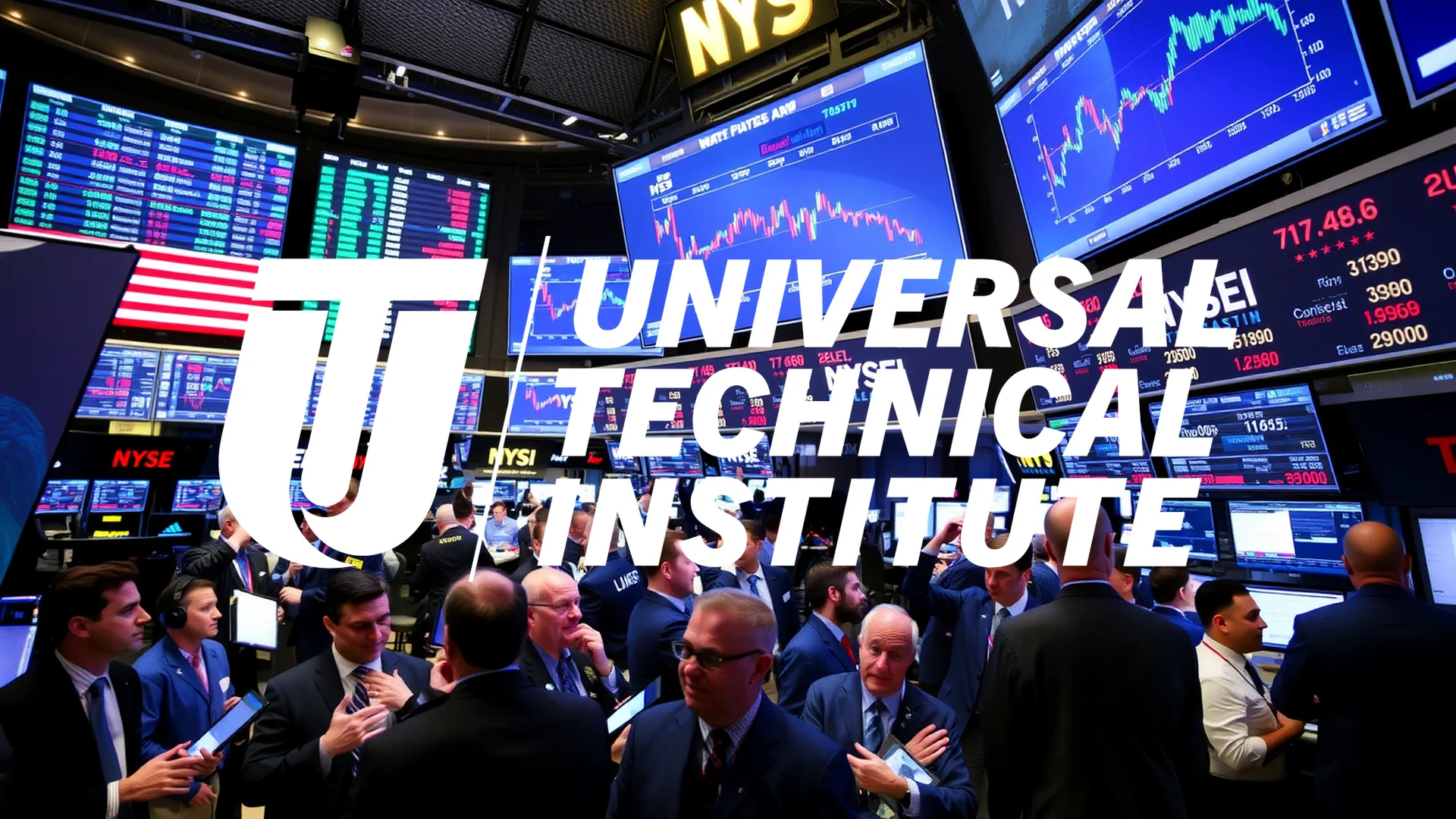Friday’s trading session delivered a severe blow to Amazon, as the e-commerce and cloud computing leader saw approximately $90 billion evaporate from its market capitalization. The dramatic single-day decline formed part of a broader technology sector sell-off that erased nearly $500 billion in combined value from industry giants including Meta, Nvidia, and Microsoft. Market participants are now questioning whether this represents a temporary setback or the beginning of a more sustained downturn.
Federal Reserve Policy Shift Rattles Markets
The primary catalyst for the technology sector’s decline emerged from comments by Federal Reserve Chairman Jerome Powell, who indicated that the central bank would maintain its current interest rate policy rather than implementing anticipated cuts. This hawkish stance delivered a sharp blow to equity markets, with technology stocks experiencing particular vulnerability to rising borrowing costs.
The yield on 10-year U.S. Treasury notes briefly surged to 4.5% before settling at 4.44%, creating challenging conditions for growth-oriented enterprises like Amazon. Higher interest rates typically translate to increased capital costs and compressed valuations for technology firms. Market expectations for December rate reductions have now been largely abandoned.
Nasdaq Suffers Significant Declines
The technology-heavy Nasdaq Composite index fell 2.2% during the session, while the Nasdaq 100 recorded its first five-day losing streak since January. Technology stocks registered as the worst-performing sector within the S&P 500, declining 2.5% collectively.
Amazon shares dropped 4% to close at $202.61, marking a substantial reversal from post-election optimism. Key trading metrics from the session revealed:
• Price range: $199.62 to $207.30 (representing 3.85% intraday volatility)
• Trading volume: 82 million shares valued at approximately $16.56 billion
• Market capitalization decline: exceeding $90 billion
Should investors sell immediately? Or is it worth buying Amazon?
Other major technology companies experienced similar pressure, with Meta and Nvidia declining 4% and 3% respectively, while Microsoft fell 3% and Alphabet dropped 2%.
Post-Election Optimism Fades as Concerns Mount
The market rally that followed Donald Trump’s election victory had propelled major indices to record levels, with Amazon benefiting from expectations of tax reductions and regulatory easing. However, market sentiment has deteriorated significantly in recent sessions.
Bank of America strategists have raised concerns about current market positioning, describing it as “dangerously bullish” while noting that technical indicators suggest further corrective action may be forthcoming. The prevailing question among analysts is no longer whether a correction will occur, but rather how severe it might become.
AWS Performance Provides Silver Lining
Despite the widespread market decline, Amazon’s cloud computing division AWS demonstrated remarkable resilience, achieving 20% growth—its strongest performance since 2022. This segment contributes approximately 60% of operating profits while generating only 15% of total revenue.
The robust AWS performance indicates that corporate investment in cloud services and artificial intelligence infrastructure remains strong. From a fundamental perspective, Amazon maintains a solid operational foundation, with current stock weakness primarily attributable to macroeconomic uncertainty rather than company-specific challenges. Whether this fundamental strength will provide sufficient support in the coming weeks remains uncertain as market nervousness persists.
Ad
Amazon Stock: Buy or Sell?! New Amazon Analysis from November 15 delivers the answer:
The latest Amazon figures speak for themselves: Urgent action needed for Amazon investors. Is it worth buying or should you sell? Find out what to do now in the current free analysis from November 15.
Amazon: Buy or sell? Read more here...











